SUMMARY
This is AI generated summarization, which may have errors. For context, always refer to the full article.
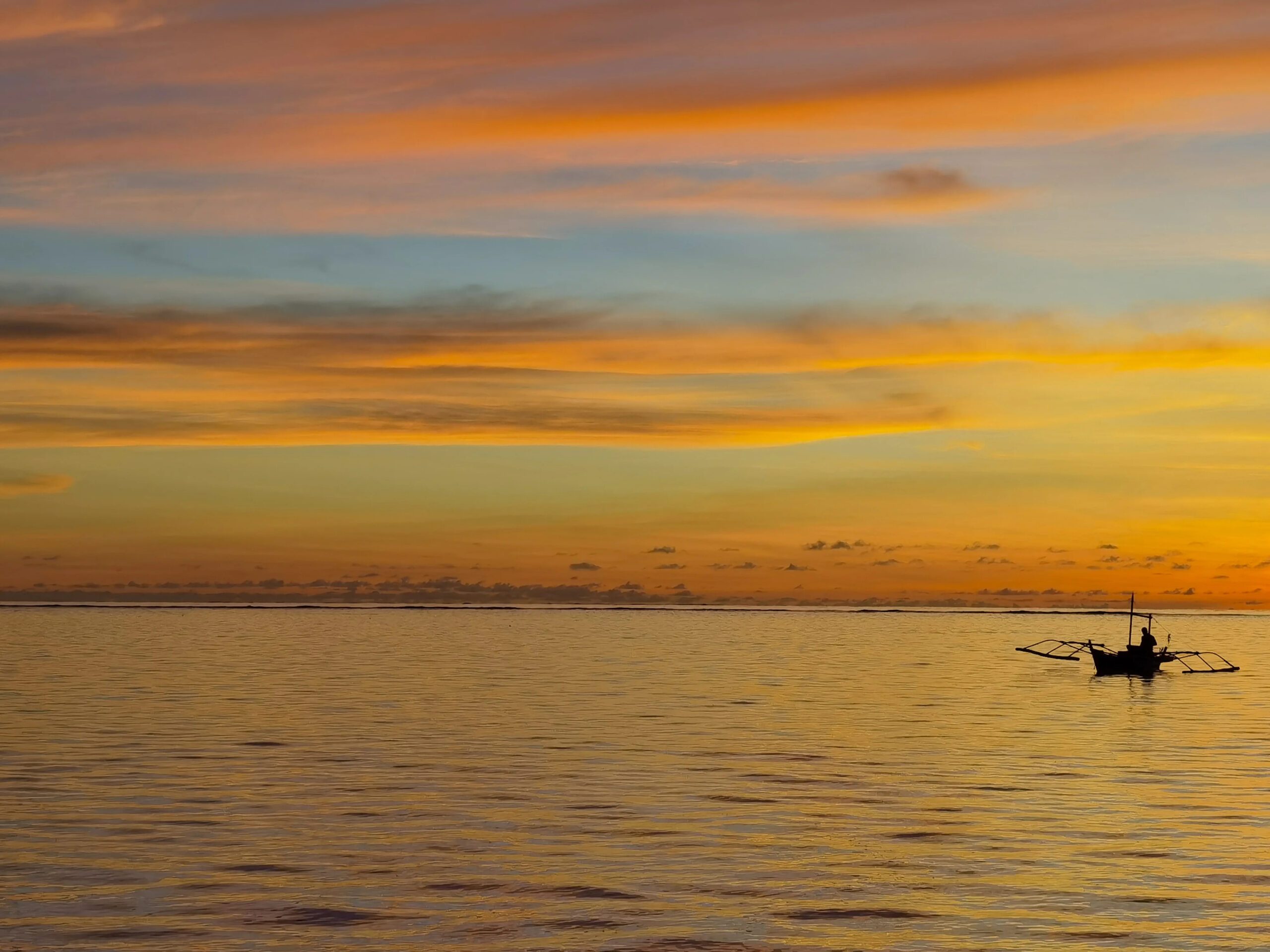
MANILA, Philippines – It’s been five years since fisherman Domingo Dumaran last went out to catch fish in Scarborough Shoal, a marine-rich area in the West Philippine Sea (WPS).
Despite the landmark 2016 Hague ruling affirming the Philippines’ rights to the waters, China has vehemently rejected this ruling and continued to send its own large vessels to the area, illegally catching approximately 240,000 kilograms of fish daily, according to the National Task Force for the WPS.
With the WPS covering around 40% of the country’s total water domain, these territorial hostilities and China’s illegal activities have largely displaced small fisherfolk like Dumaran and raised issues on the foreign intrusions’ impacts on the Philippines’ food security.
Fisherfolk, together with marine scientists and advocates, have called on the government to prioritize the protection of the WPS and its interconnected ecosystems that affect many local communities in the islands of Luzon. This, as research expeditions to the WPS continue, showing promising contributions to the Philippines’ maritime development.
Small fisherfolk and the West Philippine Sea
According to a University of the Philippines Marine Science Institute (UP MSI) primer, the WPS stretches “from the coasts of Northern Luzon in Batanes, to Mindoro, and to the south of Palawan, to offshore environments of Bajo de Masinloc (Scarborough Shoal), and the Kalayaan Island Group (KIG).”
Among its vast resources, the WPS houses 500 coral reef fish species, with the KIG estimated to have around 30% of the total coral reef area in the country, according to the document. Such marine life and ecosystems make the WPS a productive fishing area, significantly contributing to the Philippines’ food and economic security.
Particularly, the KIG reefs’ fish production can feed 1.6 to 2.3 million Filipinos annually, the primer also stated.
These abundant marine resources have been a constant source of subsistence and livelihood for local fisherfolk and communities in provinces such as Zambales, Pangasinan, and Quezon, according to Pablo Rosales, national head of small fisherfolk organization Pangisda Pilipinas.
“[Dati], pagka umuwi na ang mga mangingisda [galing] sa West Philippine Sea, parang piyesta eh. Parang piyesta sila pagdating sa komunidad. Sa dami ng huli, malaki ang partihan, malaki ang kita,” he recalled, adding that due to the abundance of catch, many families’ lives have improved as they were able to build their homes and support their children’s education.
(Before, whenever fishers returned home from the West Philippine Sea, it was like a fiesta. It was like a celebration in the community. There was so much catch for everyone to share and earn from.)
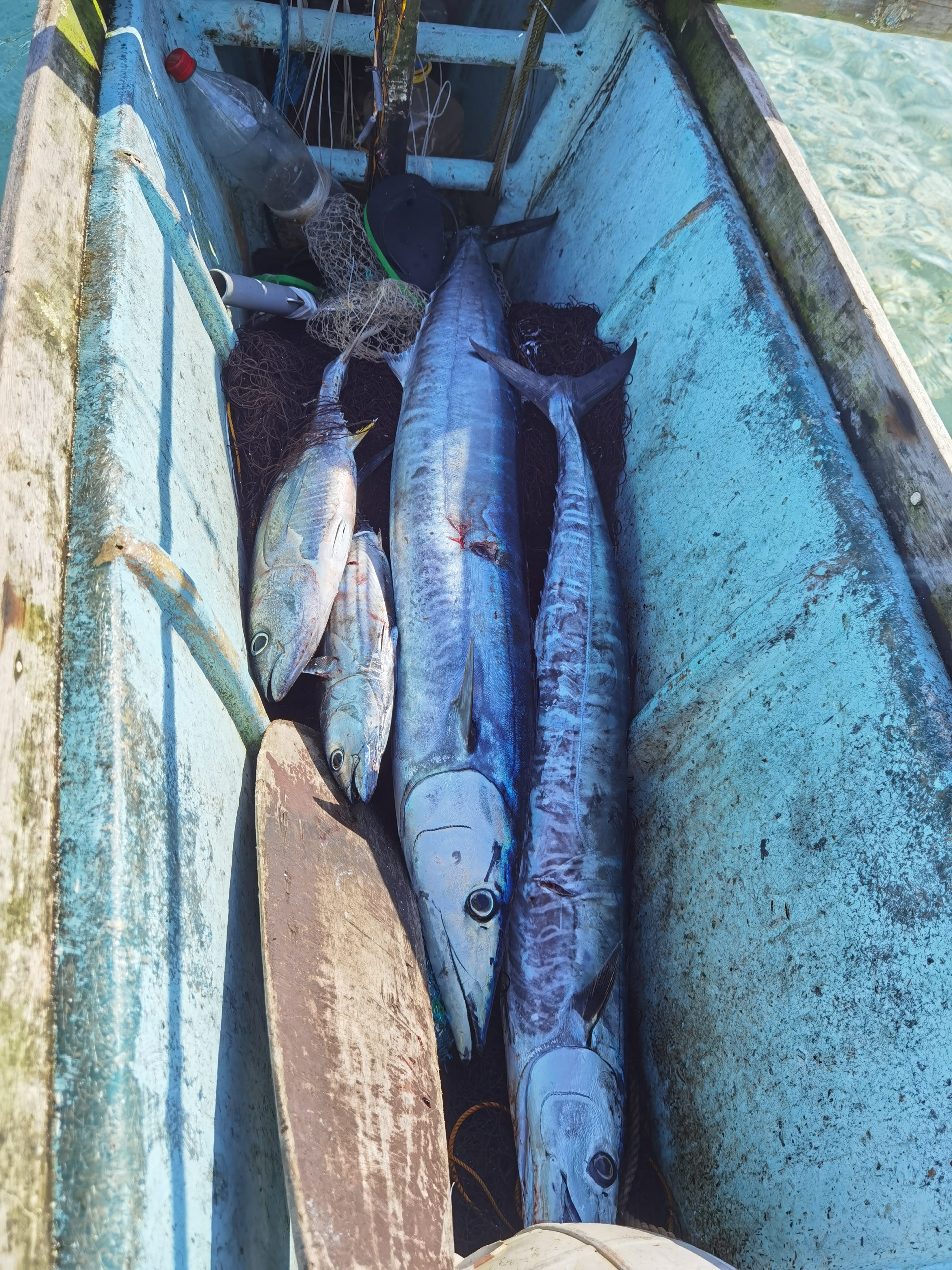
But Rosales said many artisanal fisherfolk have been afraid to continue fishing in the WPS ever since the Chinese intrusions in the area started, especially with the clear lack of government support after a Chinese vessel rammed and sank Gem-Ver in 2019.
“‘Yung mga mangingisdang pumupunta doon [sa WPS], maliliit na mangingisda din. Ang malaki lang doon [ay] ‘yung bangkang sinasakyan nila [na pagmamay-ari ng commercial owners],” he explained.
(Fishers who go out to work in the WPS are also small fisherfolk. Only the boats, which are owned by commercial fishers, are huge.)
In the provinces of Zambales and Pangasinan alone, the tensions in the WPS that cause distress and instability have displaced almost 4,000 families from their homes and livelihoods, forcing small fisherfolk to return to municipal fishing, Rosales said.
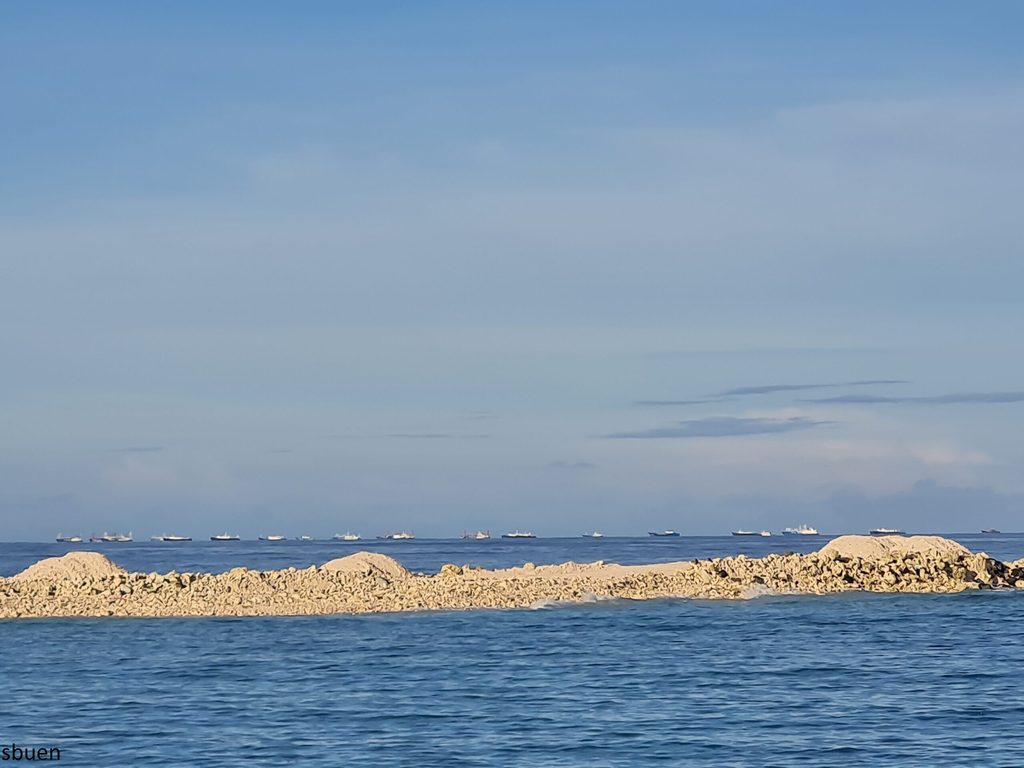
Creating fear and inequalities
Born and raised in Zambales, Dumaran, 55, had fished in Scarborough Shoal for more than 10 years. Like other small fishers, he worked for commercial vessel owners to enter the WPS area, which, Dumaran recounted, was rich in various fish species such as talakitok, babuyan, bayang, and lapulapu.
To earn a living, around 30 of them boarded and lived together in a large vessel – just parked within the vicinity of Scarborough Shoal – for a period of one month to three. Using small boats that had been loaded onto the commercial vessel, the artisanal fishers would go out to sea and harvest marine resources daily.
Every week, they would aim to fill a large vessel with fish. Then the next huge boat came along for them to supply with more catch, Dumaran shared.
Between 2014 and 2016, he recalled catching as much as 50 kilograms of fish per day, earning around only P1,250.
While it was still a meager amount considering the work that they do, Dumaran insisted that this profit was higher and assured compared to fishing in Zambales’s municipal waters. Since going back to small-scale fishing in late 2016, he is able to catch only around 5 to 10 kilograms of fish a day. This also means less food supply for his household due to lower earnings.
In 2016, Dumaran stopped fishing in the WPS after encountering Chinese boats that disallowed their large vessel’s entry near Scarborough Shoal. At the time, he remembered fearing for his life as their crew had to continue working outside the usual docking area despite the strong waves that threatened their boat’s safety.
A 2020 study found that this safety issue due to weather conditions and the presence of foreign vessels was a common concern among fisherfolk who used to fish in Scarborough Shoal. This caused them to stop their fishing activities in the area.
As some Filipino fisherfolk chose to fish farther away from the shoal or near the Zambales coast, the fishing conditions also shifted, including a decrease in catch and a change in species composition. The study said that the fisherfolk “attributed these changes to destruction of coral reefs, illegal fishing practices, and increased number of fishers.”
Lawyer Asis Perez, former Bureau of Fisheries and Aquatic Resources (BFAR) director and convenor of Tugon Kabuhayan, explained that these foreign intrusions in the WPS are being done not only by China but also by other countries, such as Vietnam and Malaysia, given the wealth of marine resources in the area, especially in Recto Bank and KIG, which is a major spawning ground.
“Beginning 2017, you will see the influx of fishing activities in the area of [the] West Philippine Sea. There were many intrusions,” he said in a mix of English and Filipino. “All of them aren’t Filipinos. I can assure you we don’t have that many vessels,” Perez said.
He observed that, although foreign intrusions, especially standoffs with China, have happened before, the difference in recent years is violators aren’t being prosecuted. Perez said that the influx of foreign vessels was triggered by the Duterte administration’s open-door policy with China since 2016. He also cited later incidents wherein Chinese and Vietnamese poachers arrested by the BFAR and Philippine Coast Guard were eventually let go by the courts.
“That was a huge blow to the law enforcement bodies, and, from then on, you’ll see how emboldened these people are in terms of going [inside] the Philippine waters,” Perez, who served under the late former Benigno Aquino III’s administration, added in a mix of English and Filipino.
Rosales and Dumaran can’t help but wonder what the government is doing to protect small fisherfolk like them who are still being urged to fish in the WPS and contribute to the country’s food security despite the tensions there.
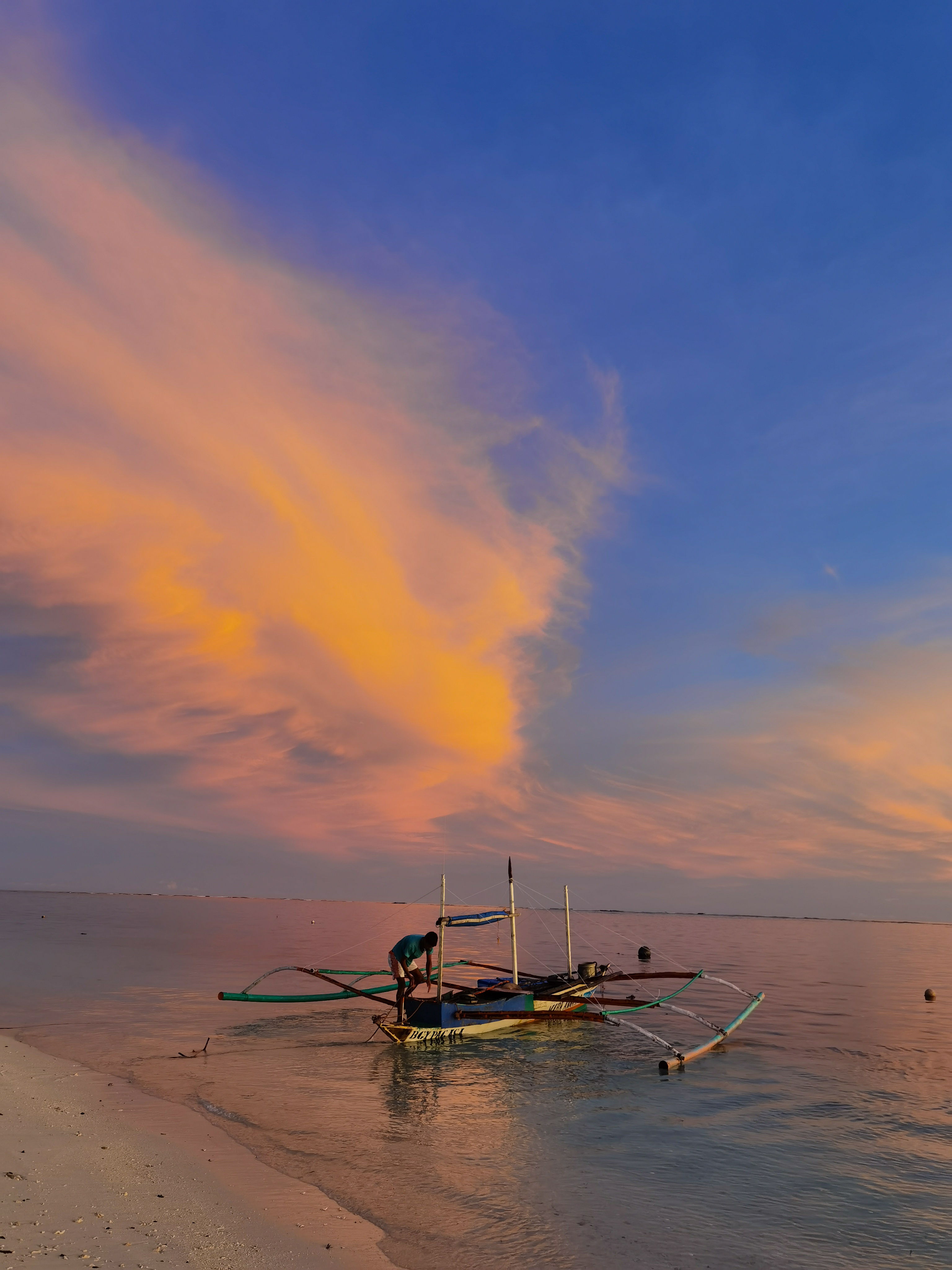
If foreign intrusions are not stopped, Rosales said it would just create a bad precedent in the preservation and development of the Philippines’ marine resources.
“Kung hindi natin make-claim nang tama ang ating soberanya [sa WPS] ay hindi rin natin mapoprotektahan ang iba pang soberanya at patrimonya natin sa [mga] karagatan,” he argued.
(If we don’t rightfully claim our sovereignty in the WPS, we also won’t be able to protect all other sovereignties and patrimonies in our waters.)
In response to these issues, the BFAR said in an email to Rappler: “To protect our fishers in the West Philippine Sea, the government has increased and maintained its presence in the area by deploying floating assets of the Philippine Coast Guard and the Bureau of Fisheries and Aquatic Resources. We have conducted some maritime exercises there and we believe these activities are significant in boosting the confidence of our fisherfolk to fish in the area as they can feel the support of the government.”
The BFAR said it is also working with other law enforcement agency-members of the National Task Force for the WPS to continually develop and assure “effective fishery law enforcement in the area, protect our fishers, and exercise our country’s sovereignty and sovereign rights over our territorial waters and exclusive economic zone.”
Perez said one of the main impacts of these foreign intrusions and other illegal fishing practices in the WPS over the years is the decline of galunggong (roundscad) production in the Philippines. Philippine Statistics Authority data showed a downward trend of the supply of galunggong, from 244,671 metric tons in 2007 to 126,533 metric tons in 2017.
Due to the scarcity of galunggong, the BFAR in 2018 approved its importation for local wet markets, although the agency said other countries may have also sourced the imported fish from the WPS.
Galunggong, also dubbed as the “poor man’s fish,” mostly originates from the WPS, with an average catch equaling about 15,000 tubs daily, affecting the Philippines’ overall food security, Perez said.
In an April 2021 public briefing, the BFAR shared that the estimated 2020 fish production in the WPS was over 300,000 metric tons or around 7.36% of the Philippines’ total fish production.
Beyond food security
“Our connection to the sea, it’s more than the food,” Deo Onda, a Palawan local and UP MSI deputy director, said in a mix of English and Filipino. UP MSI has conducted WPS expeditions in 2017, 2019, and 2021 as part of their marine scientific research (MSR) work.
Onda emphasized the significance of understanding ecological connectivity or the interdependence of natural ecosystems with one another. For instance, he explained that waters like the WPS offer other ecological services such as ecotourism, transportation, and support for people’s daily activities.
He shared that studies have shown reefs – a vital habitat for marine organisms to thrive – in the offshore areas in the WPS and the coasts of Palawan and Luzon have strong connectivity and are not isolated from each other.
“Oceans move. Currents are present, so the eggs being laid into one reef doesn’t mean it stays in that reef area. They actually float with the current, and, through time, they will settle in another reef. And therefore, that’s where they’ll populate,” Onda explained in a mix of English and Filipino.
“Regulation services of the environment such as for climate change are present. Corals help in the absorption of carbon dioxide. Seagrasses are actually called…a blue carbon economy because they really absorb a lot of carbon. There are the mangroves, they serve as [a] nursery [for various species],” he added.
This is what’s at stake if illegal fishing practices as well as reclamation and environmental degradation in oceans continue, Onda stressed.
Based on their MSR findings, another emerging threat in the WPS is plastic pollution in the KIG and isolated reefs, which affect the health of marine ecosystems. Onda also recently shared that, according to their research, most of the plastic wastes carried by the currents to the shores of Pag-asa Island – one of the islands in the KIG – come from nearby countries such as Vietnam, Malaysia, Indonesia, and China.
He said China’s continuous dredging activities, creation of artificial islands, and putting up of research stations in the WPS reefs are pressing concerns, too, for Philippine waters and the further development of its marine resources.
Increasing appreciation
Perez attributed the various issues in Philippine fisheries to the government’s lack of foresight and understanding of the maritime sector’s economic potential, among other factors.
“We have to be truthful also that the government – and when I say government, regardless of administration – failed to appreciate the fact that we’re a maritime nation,” he said in a mix of English and Filipino. “We have a lot of resources to nourish and protect to sustain our economy. If that were the framework, the oceans would have been given attention.”
Perez said that this longtime neglect could be seen in the lack of floating assets (vessels), human resources, and funding for fisheries development. He added that, although there is a national fisheries policy, its implementation still leaves much to be desired.
This is true for UP MSI, the national center for marine research, which has had limited capacity to do ocean research due to similar challenges. In the past 25 years, the institute has conducted only around seven expeditions and acquired its first vessel only in 2019, Onda shared.
Despite the situation, UP MSI is picking up momentum as it pushes for a 10-year research agenda in the WPS to consistently gather baseline data and understand the kinds of available resources and how to utilize them.
More recently, it has established a research station on Pag-asa Island to aid in the regular monitoring of the area. This effort was made possible under the Upgrading Capacity, Infrastructure, and Assets for Marine Scientific Research in the Philippines or Upgrade CIA program funded by the National Security Council.
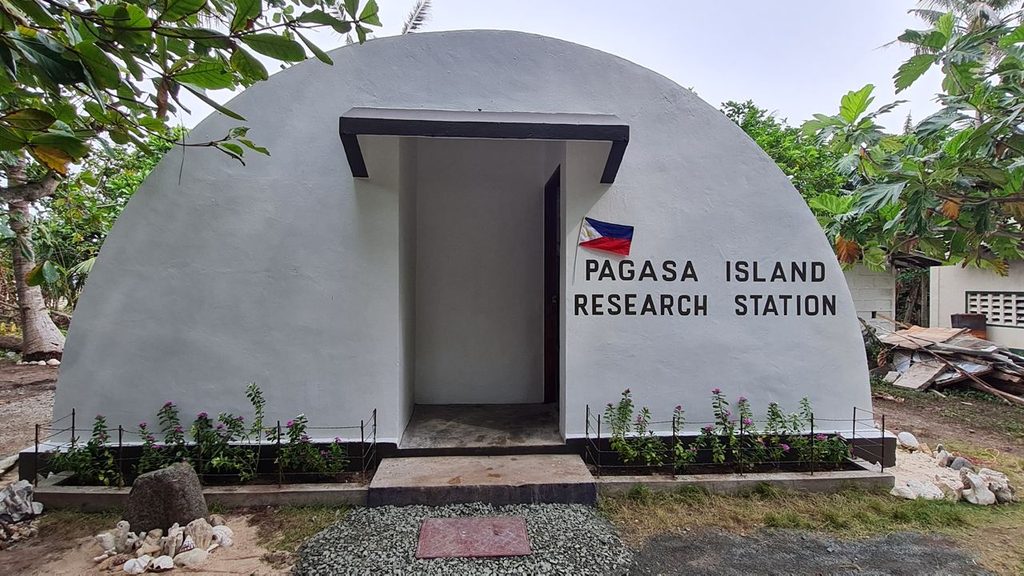
Apart from strengthening the science in the WPS, Onda shared that they are also working on communicating the experiential and practical values of the seas and its resources to the wider public.
“Those are the kinds of connections we want to quantify, because people tend to not understand or at least not appreciate when numbers are not available,” he said in a mix of English and Filipino.
Onda hopes these efforts in collaboration with other researchers from the Western Philippines University in Palawan and UP Visayas will increase appreciation for and investment in our oceans and help determine priorities for the protection of the WPS.
Perez, meanwhile, stressed the importance of continually lobbying for government support in protecting the WPS.
“The adherence to the rule of law is something nations must promote. Because if you promote adherence to the rule of law, then regardless of how big or small you are, you are protected by the same body of rules,” he shared.
For Carmen Ablan-Lagman, a professor at the De La Salle University, the Philippines and its fisheries sector face an even greater threat: a decline in global fish production and changes in the quality of fish due to climate change, marine pollution, and illegal, unreported, and unregulated fishing, among other factors.
To address these growing issues and achieve sustainable fisheries, she said that countries must work together and use policies such as the United Nations Convention on the Law of the Sea (UNCLOS) to facilitate solutions.
“Rather than using the UNCLOS as a way to define those lines, and say this is what I have and this is how I’m gonna keep it…we can find a way to use the UNCLOS to actually push for regional cooperation and have uniform rules without the discussion on who owns what initially. Because, at the end, these things (marine resources) are…not staying in one area,” Lagman said during a WPS roundtable discussion organized by Rappler and the USAID Fish Right Program.

She also called for the protection of small fisherfolk like Rosales and Dumaran, who are the main harvesters of the rich resources in the seas. During interviews with Rappler, the two fishermen themselves asked the government to actively protect the livelihood and lives of small fishers most disproportionately affected by the tensions in the WPS.
“Ang pagkawasak nito (WPS) ay pagkawasak din ng lahat ng pangarap ng ating mamamayang Pilipino,” Rosales said. (The destruction of the WPS is the destruction of the dreams of our fellow Filipinos.)
“Kung hindi ito natin mapapakinabangan para sa ating sariling paggamit…parang hindi na natin mararating ‘yung sinasabi nating pag-unlad na dulot ng ating pagde-develop ng ating natural resources….lalo pa’t hindi naman nauubos ang lahi ng tao. Dapat protektahan ‘yan para sa ating lahat,” he added.
(If we aren’t able to benefit from it, it’s as good as not reaching our desired progress through the development of our natural resources, especially since the human race won’t cease to exist. The WPS should be protected for everyone.) – Rappler.com
Add a comment
How does this make you feel?



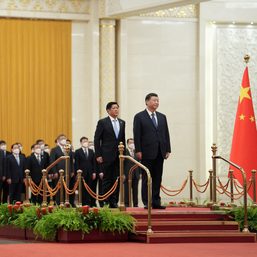


![[Just Saying] SONA 2024: Some disturbing points](https://www.rappler.com/tachyon/2024/07/TL-marcos-sona-points-july-23-2024.jpg?resize=257%2C257&crop=335px%2C0px%2C720px%2C720px)

There are no comments yet. Add your comment to start the conversation.